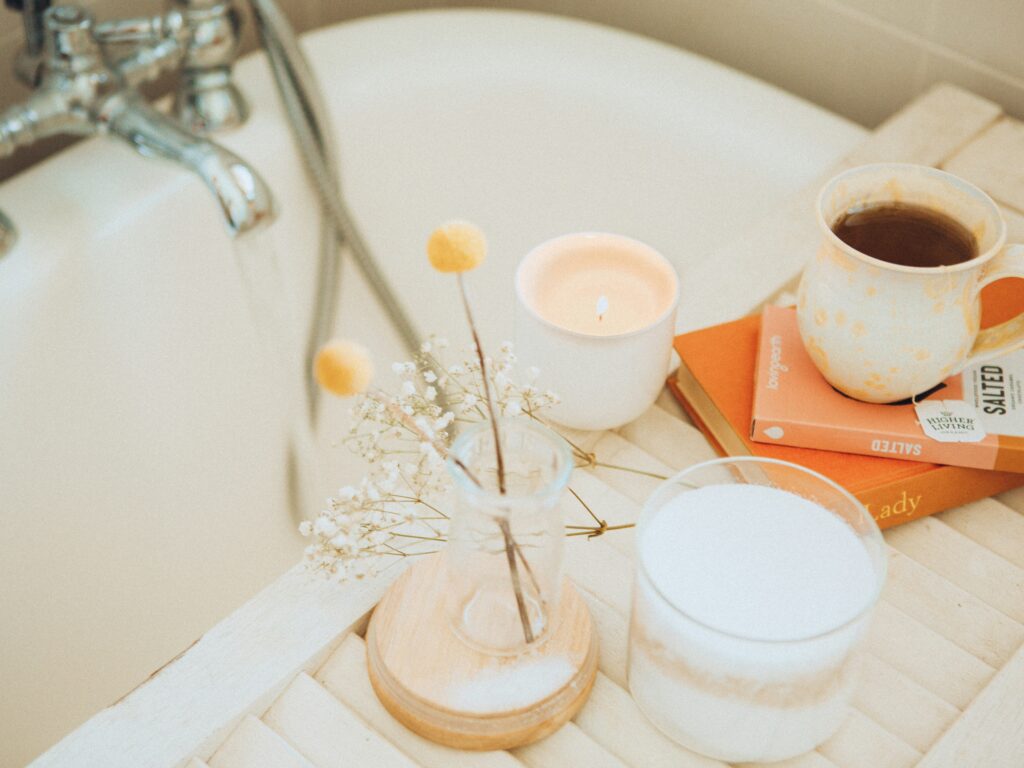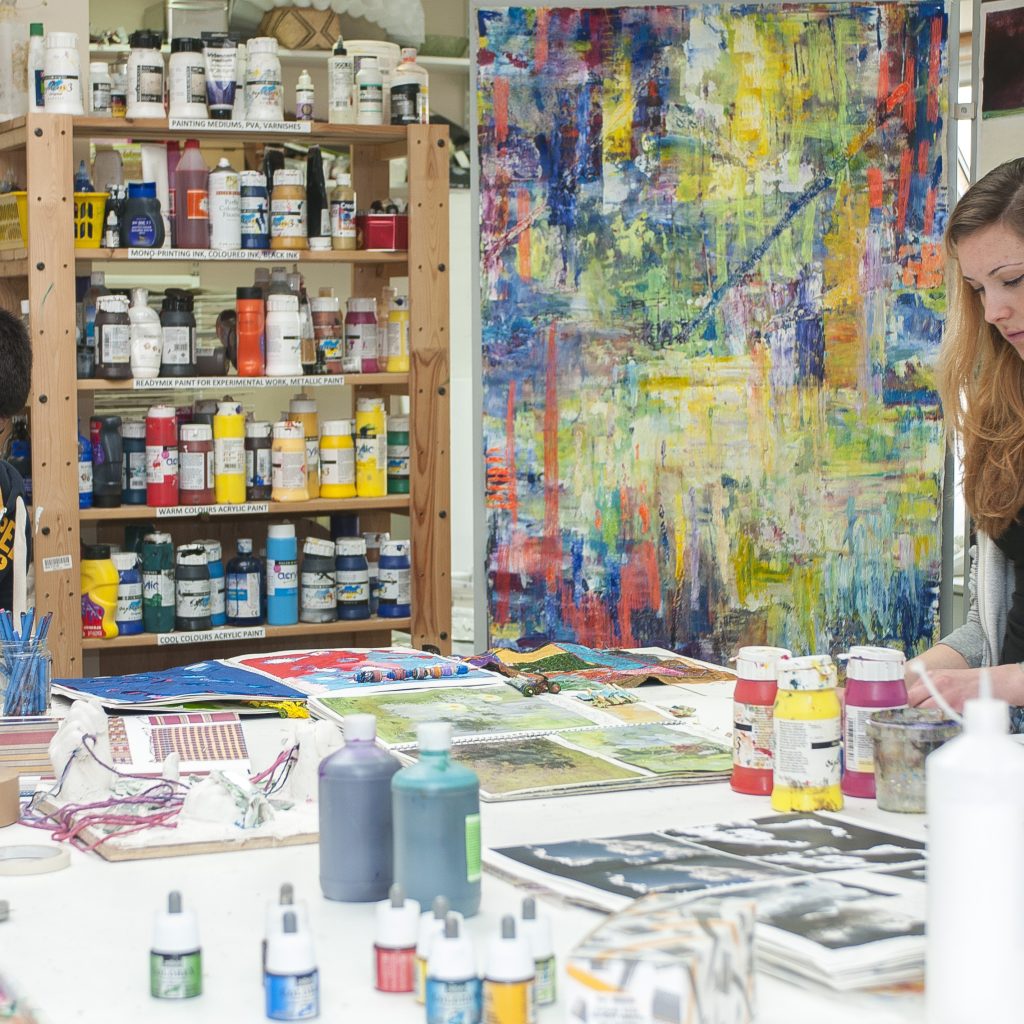Self-care is a phrase you’ve definitely heard more than once; if not from your own mouth, then from a family member or a friend. In other words, self-care is becoming an undeniable part of our lives.
How did it even become popular in the first place? As with most things in our modern era, the idea of “self-care” was propelled by lifestyle content. From Monet McMichael’s youtube channel to Nara Aziza Smith’s tiktok, snippets of a person’s life are not at all hard to find; “chill” routines, vacations, and of course, self-care days are all types of content that fall under the category of lifestyle.
The result? People become influenced, and start to embark on their own journey to find their self care routine. A lot of people heavily take inspiration from these creators, following the 32-step shower routine and the strictly-bananas-and-oats breakfast recipe that they’re shown. I’ve even found myself trying to adapt what I see in videos to my own Sunday rest, and feeling upset when I can only manage a gua sha and a charcoal facemask, so the purpose of this piece isn’t to look down on people that can’t perfectly mirror Courtney Adanna’s day. I think that the increased pressure that comes from lifestyle content has distracted from what the purpose of self-care is.
Also, while some of them may really find solace in their banana and oat breakfasts, it’s worth noting that a lot of these content creators are being paid to show this pristine, edited version of the days they take to relax. Lifestyle content is a nice way to get ideas when you’re in a routine rut and looking for something to change up your weekly schedules, but it’s not to be used as an instruction manual for life, whether it be self-care, studying, or even how often you use the stairmaster at the gym. Everything you do, in all aspects of life, should work for you, so never feel bad about your self-care day looking different to your favourite influencer.
By Sade Smith, student




